My wife is an ardent fan of Hercule Poirot stories. Especially the TV-series kind, starred by Sir David Suchet. Some time ago she was wondering, whether the Poirot series could be obtained in DVD-format, so that she could watch it whenever the mood hits. I promised to look into the matter. I soon found out, that the DVD set was no longer available with Finnish subtitles. I, however, also found out, that there was a complete set of the Poirot series for sale at the local recycling center. Another thing I spotted, was a mint Tivoli Model One tabletop radio. All the stuff for sale there, is checked to be OK and usually the prices are really low. I think the DVD series was around 15 Euros and the Tivoli 40 Euros. A new Tivoli radio is 199,- in the shop. It is an absolute gem of a radio. I promptly clicked both items into the basket and went to pick them up the next day.
A few days later I went to check the recycling site again, and there it was. A spotless looking Voigtländer Perkeo. Priced at 90 Euros. Complete with the original leather case and all. The Perkeo is a 6×6 folder from the early fifties. There were several iterations made of this model, which was a notch below the more expensive Bessa series. I believe my example is the first version.
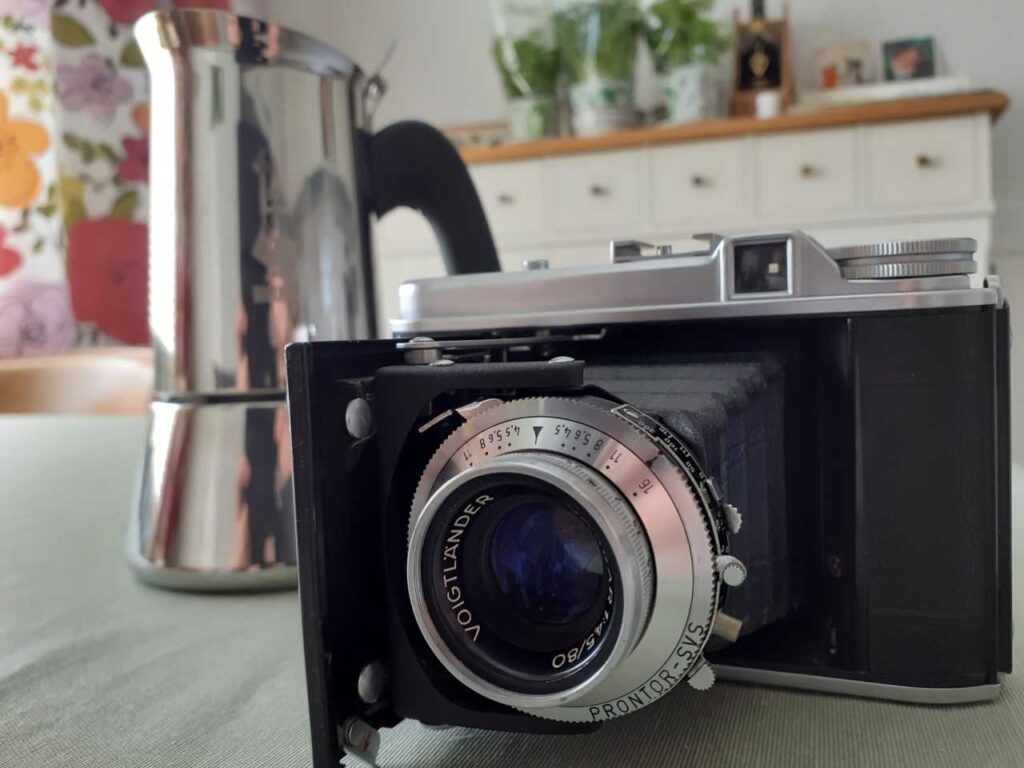
I was intrigued by this find, but at first quickly decided against buying it. “The bellows is probably full of holes. You already own several cameras (albeit not in medium format). I´m sure the leaf shutter is stuck with oil. There must be light leaks. The film advance probably doesn´t work. The lens, at least, is full of scratches, hazy and mouldy”. Thus I tried to convince myself to not buying it. Naturally then, the G.A.S. demon jumped on my shoulder, whispering into my ear, “But look at the photos! It looks MINTY! It´s only 90,- and you can probably haggle. Even the case looks brand new!” A few days later I went back and bought it. The little G.A.S. bastard was right, after all. I got it for 70 Euros, AND IT WAS MINTY!
A very nice write-up of the Perkeo and its history, for those interested, can be found here
Once back home, I begun to inspect my camera more closely. I got the impression, that this camera had been put to use, but also taken well care of. It was in impeccable condition. The lens was chrystal clear, the folding mechanism worked smoothly. Camera body and bellows were both light tight, as I later learned. There was the air of Post-War, proper German engineering: everything felt solid and precise. The only slight problem seemed to be the somewhat sluggish feeling slower end of shutter speeds, below the 1/100th. The speeds run from B + 1 – 1/300th, so the Voigtländer is ill suited to recording fast action, but that is fine by me.
I delved into the depths of the Internet to find out which lever did what on the Voigt. It soon occurred to me that this was no camera for the impatient, but that´s fine by me also. The shooting procedure is fascinating. After you have successfully loaded the camera, which was straight forward enough, you turn a little button on the back. This un-curtains a little round red window. Then turn the winding knob clockwise on the top plate. Soon you will hear a faint click and the little arrow on the top turns from pointing at the photographer to point forward. This means that the shutter is released to take a photo, but if you do it now, you will half double expose the next frame. Turn some more till number 1 appears on the red window. Close the window. Now the first frame is ready. There is no meter on the Voigt, so next you`ll appGossensunny16, or whatever, the exposure. Set the speed & aperture on the lens collar. Do not forget to lift the little lever up on the collar to tension the shutter. The Voigt also lacks any sort on rangefinder, so next you will have to guesstimate the distance to your subject. Zone focusing works beautifully here. Now you are ready to compose the picture and shoot away. The viewfinder is very small, but quite bright. I wear glasses and find it next to impossible to compose with them on, so I remove my spectacles before composing. A bonus with the Perkeo is that it is truly small (for a 6×6) and pocketable. It won´t fit into a Jeans pocket, but it will fit into a jacket pocket.
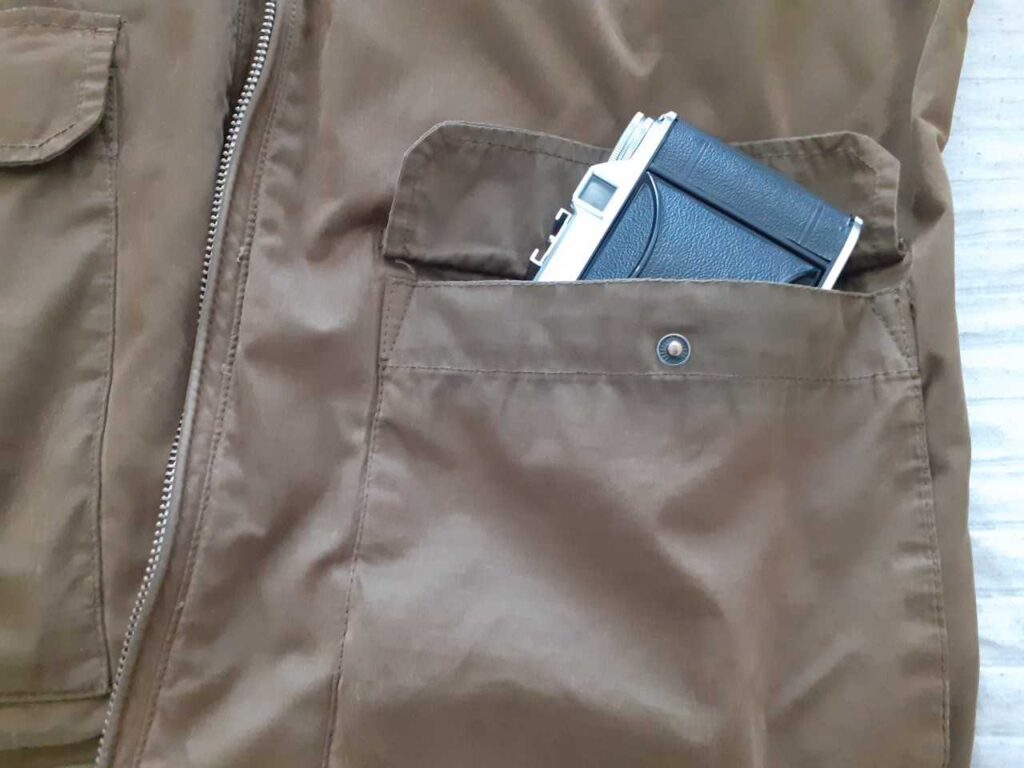
I find shooting with the Voigt to resemble brewing a cup of coffee with the Moka Pot. You fill the water reservoir to the valve and put on the filter. Next fill it exactly to the top and level the grounds. Screw the top on and put the pot on the heater. Wait till the gurgling sound, remove from the heater and let it sit for a while, then enjoy a heavenly cup. The preparations are slow and methodological, almost meditative. The end results far exceed those from instant coffee or phone snapshots and the long, slow process is rewarding in itself.
I bought a roll of 120 Ilford XP2 to test the Voigt and to my relief most of them turned out all right. Two frames, shot in dimly lit bars, were blurry, because shutter stuck at slow speed. I will take the Voigt to a complete CLA, but first I will shoot a couple more rolls. The one shot at the top is of a St. Marie Church in Turku, Finland. The church is a medieval stone structure, built in the 1440s.
Share this post:
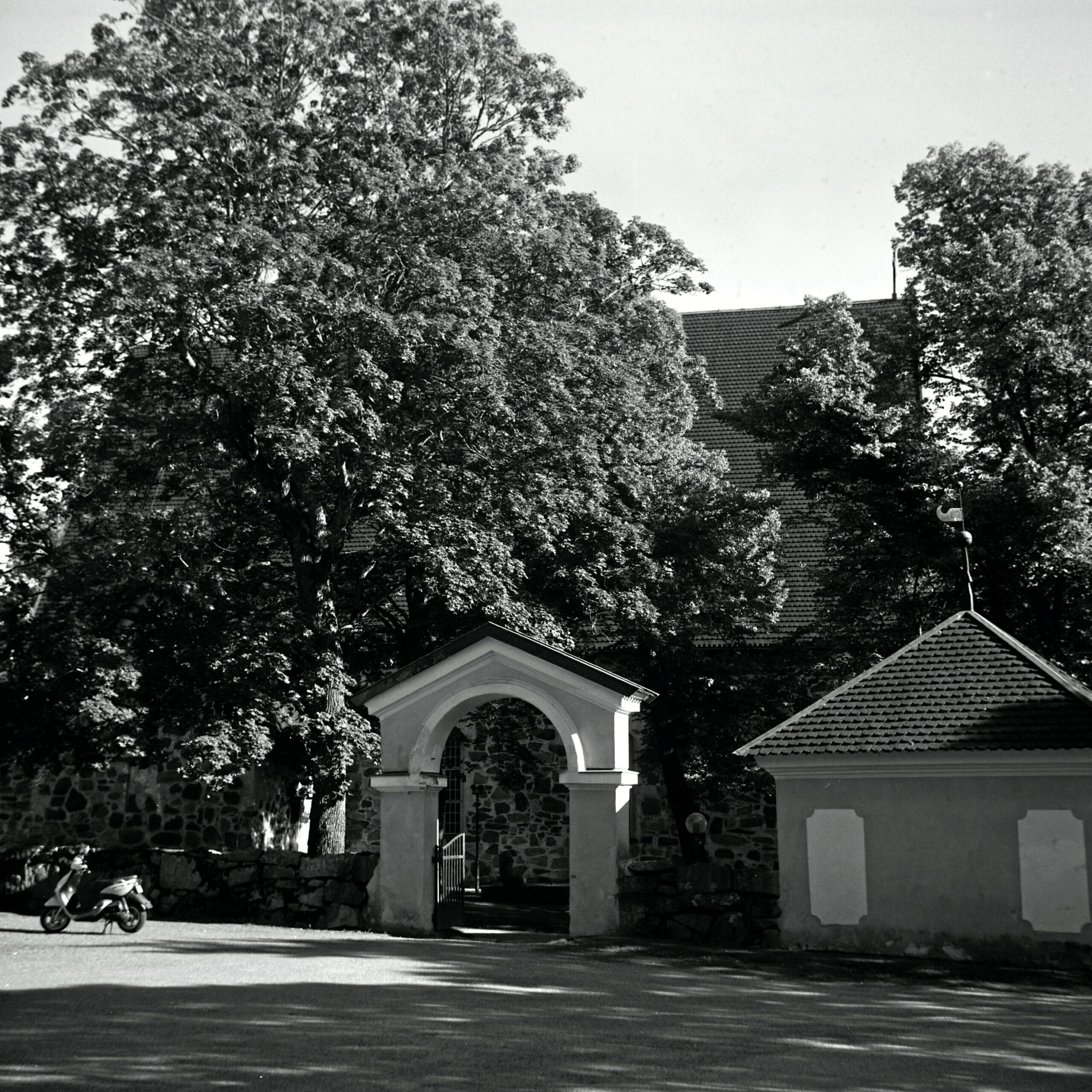
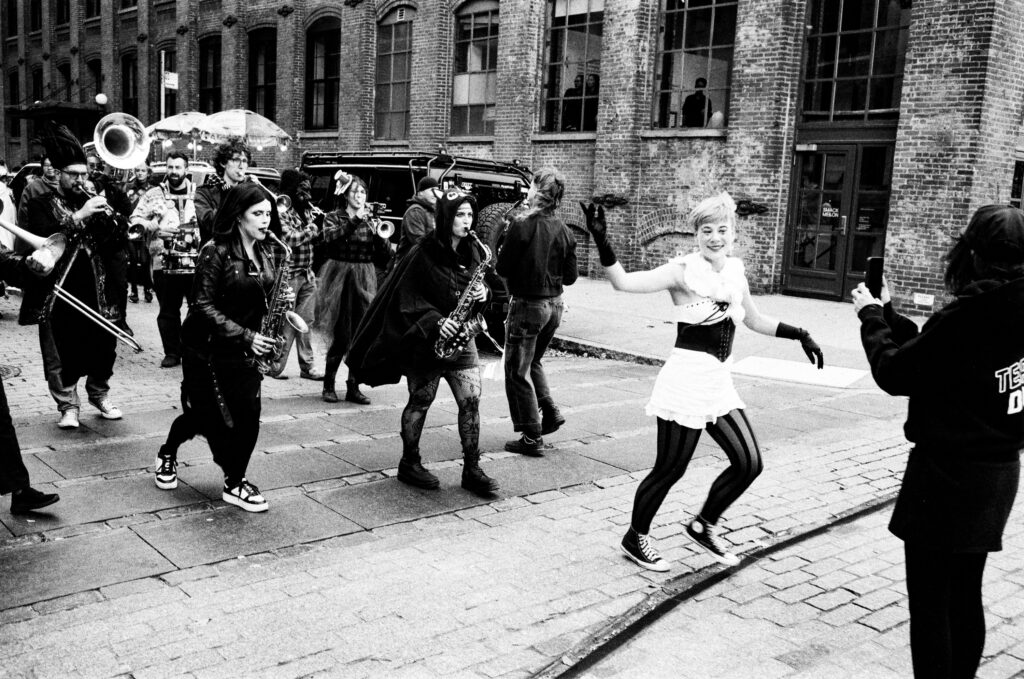
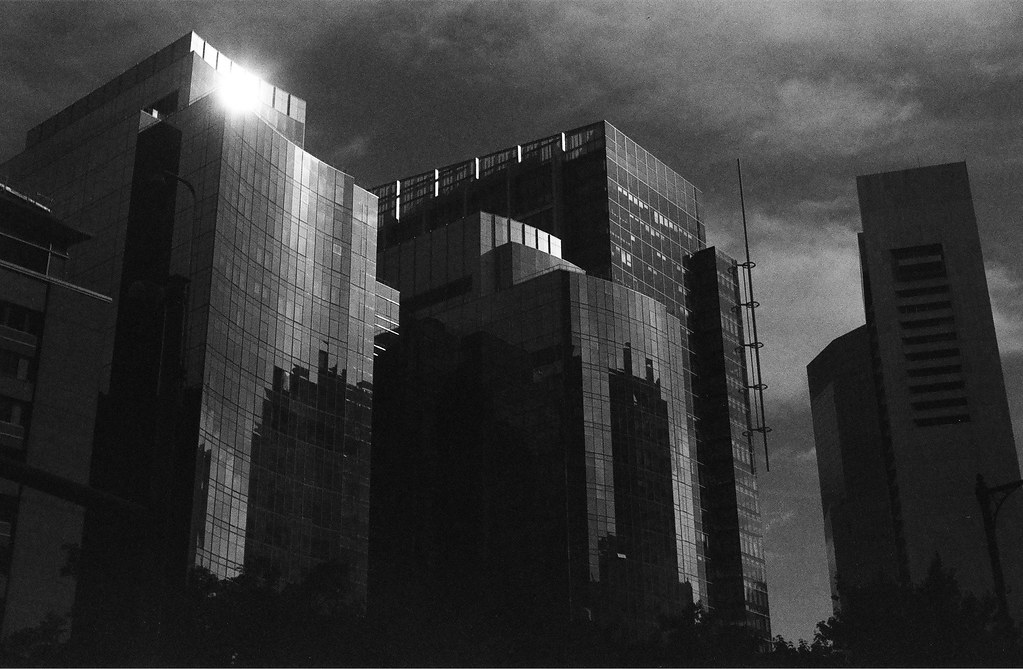
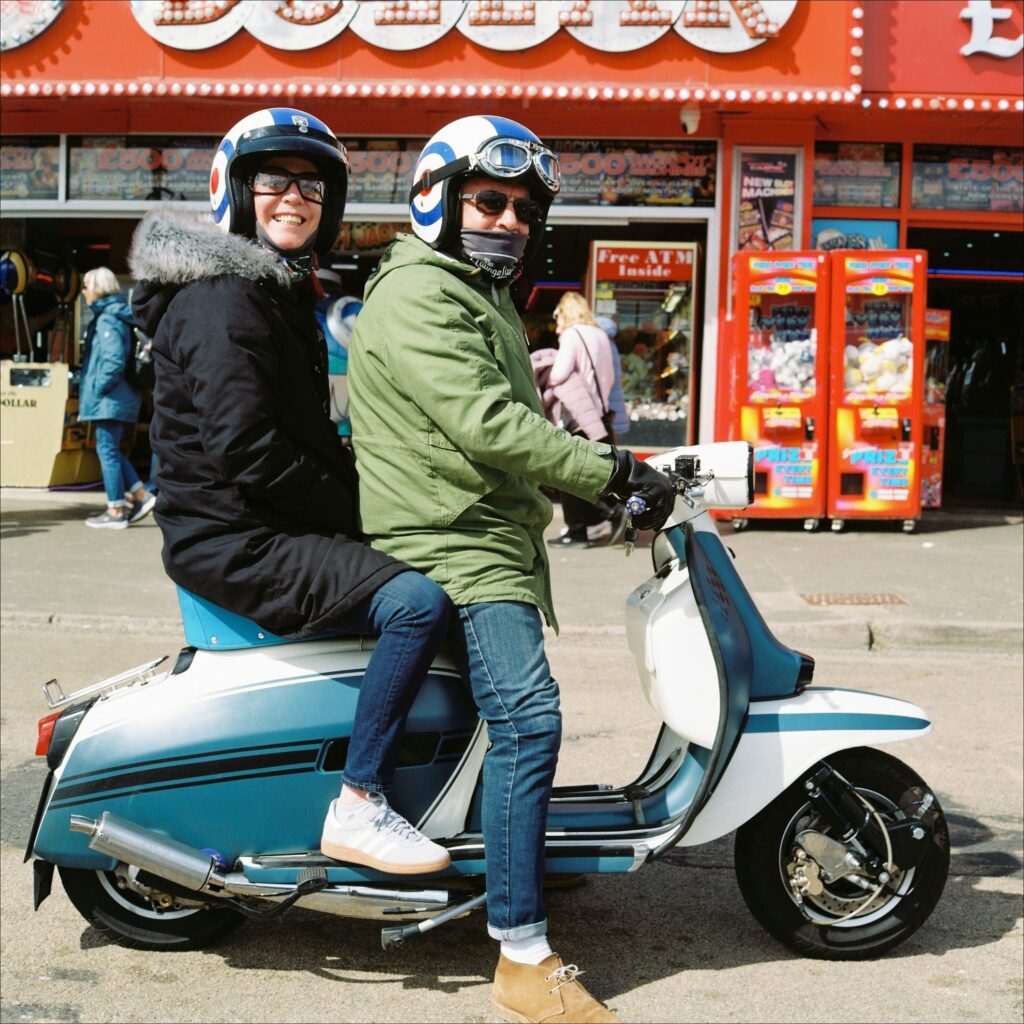
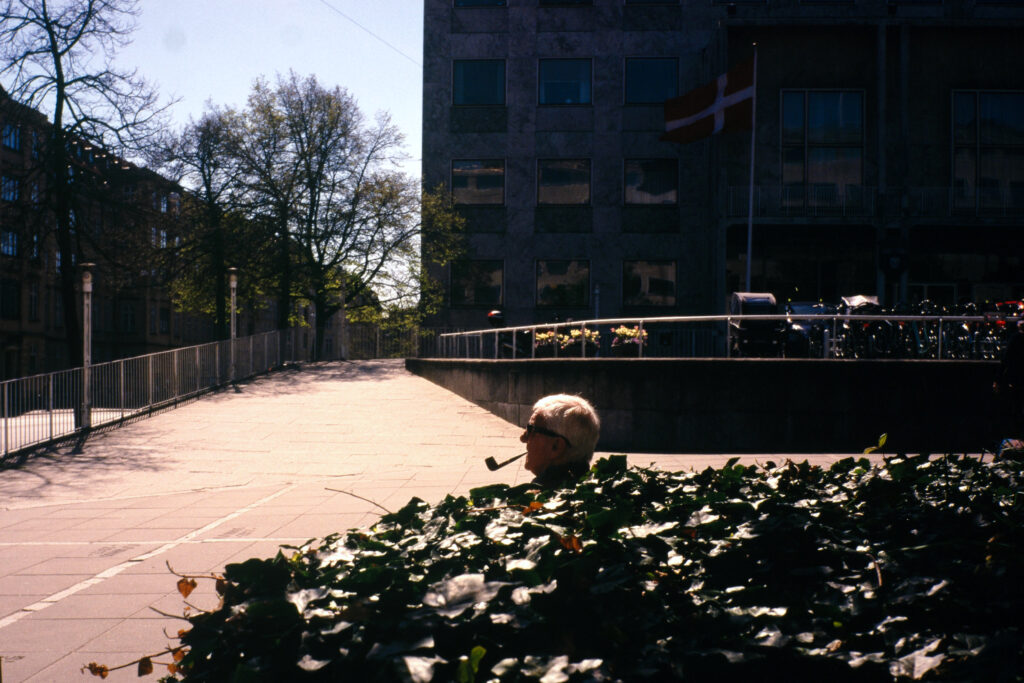




Comments
Rich on How Hercule Poirot Helped Me to Find a 6×6, or is the Voigländer Perkeo the Moka Pot of Cameras – A One Shot Story
Comment posted: 14/08/2024
Comment posted: 14/08/2024
Comment posted: 14/08/2024
Gary Smith on How Hercule Poirot Helped Me to Find a 6×6, or is the Voigländer Perkeo the Moka Pot of Cameras – A One Shot Story
Comment posted: 14/08/2024
Comment posted: 14/08/2024
Comment posted: 14/08/2024
Gil Aegerter on How Hercule Poirot Helped Me to Find a 6×6, or is the Voigländer Perkeo the Moka Pot of Cameras – A One Shot Story
Comment posted: 14/08/2024
Comment posted: 14/08/2024
Steviemac on How Hercule Poirot Helped Me to Find a 6×6, or is the Voigländer Perkeo the Moka Pot of Cameras – A One Shot Story
Comment posted: 15/08/2024
Comment posted: 15/08/2024
Jay Dann Walker on How Hercule Poirot Helped Me to Find a 6×6, or is the Voigländer Perkeo the Moka Pot of Cameras – A One Shot Story
Comment posted: 15/08/2024
It has the top-of-the-range Voigtlander Color Skopar 80/4.5 lens and the synchro-compur shutter with speeds 1-1/500, so an even better bargain. All the speeds click spot-on, the viewfinder is clean and clear, the bellows are as new - everything works entirely as it should.
Next November my partner and I will travel for three or four months to Bali, Java, Indonesian Borneo, Sarawak and finally to Cambodia to revisit Angkor Wat, which I first saw in 1972 and at my age (> 70) I will most likely not get to revisit again.
At my age, it's all the better for me that the Perkeo is so easy to carry. The kit and a few rolls of film go into my backpack without adding much weight at all. Unlike my Nikon D800 which even with one lens (the 28/2.8 D, just sayin') is like a small cement block by comparison.
So yes, a digital Nikon will also come along, along with the Perkeo kit with a small Gossen meter for precise exposure. I have 40+ rolls of B&W film (half Ilford XP2, half other B&W and some Fuji color negative stock) in my fridge, and at my age it's time for me to use up this stock before it and I age beyond our respective use-by dates.
I am entirely confident that the Perkeo will easily achieve all the quality I expect from a 1950s German made 6x6 folder. Admittedly, I'm not quite as pleased with the amount of processing and scanning I will then have to do later at home, especially as the color neg 120 rolls demand more careful C41 processing. But this will likely be the last session in my home darkroom for me before I dismantle it and hand it on to my stepsons, so I will make a special effort to do everything right with these films and especially so to enjoy my final job lot of 'D&P' - I processed my first roll of film in 1961 at age 13, and now it's time for me to turn off the lights in my home darkroom for one last period before I end my 60+ years with film. I've enjoyed it, but it's now time to let it go, and I accept this.
The Perkeo lets me slow down, take my time in composing, rating the exposure, setting the camera and then making my image. With 12 negatives to one roll of 120, it also means I will be taking less, and thus paying more attention to making quality photos. Some MF users say working with larger format film cameras can mean making more static images, but to my thinking this isn't at all necessarily so - the 'static' is more from the brain than the camera.
So yes, I greatly look forward to taking out my Perkeo and my Weston Master V meter at the Angkor Wat temple complex in Cambodia, and taking my own sweet time to again make film images of all those marvelous temples. At the ripe old age of 76 (the photographer, not the camera), film is still fun!!
Best from DANN in Surabaya, Indonesia (back to Australia in October)
PS Not wanting to derail this thread, but I also happen to have a ca 1950 Zeiss Nettar folder with an albada finder, as new, which is ALMOST the equivalent of the Perkeo. Almost, but not quite...
Comment posted: 15/08/2024